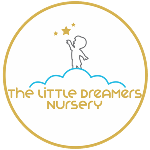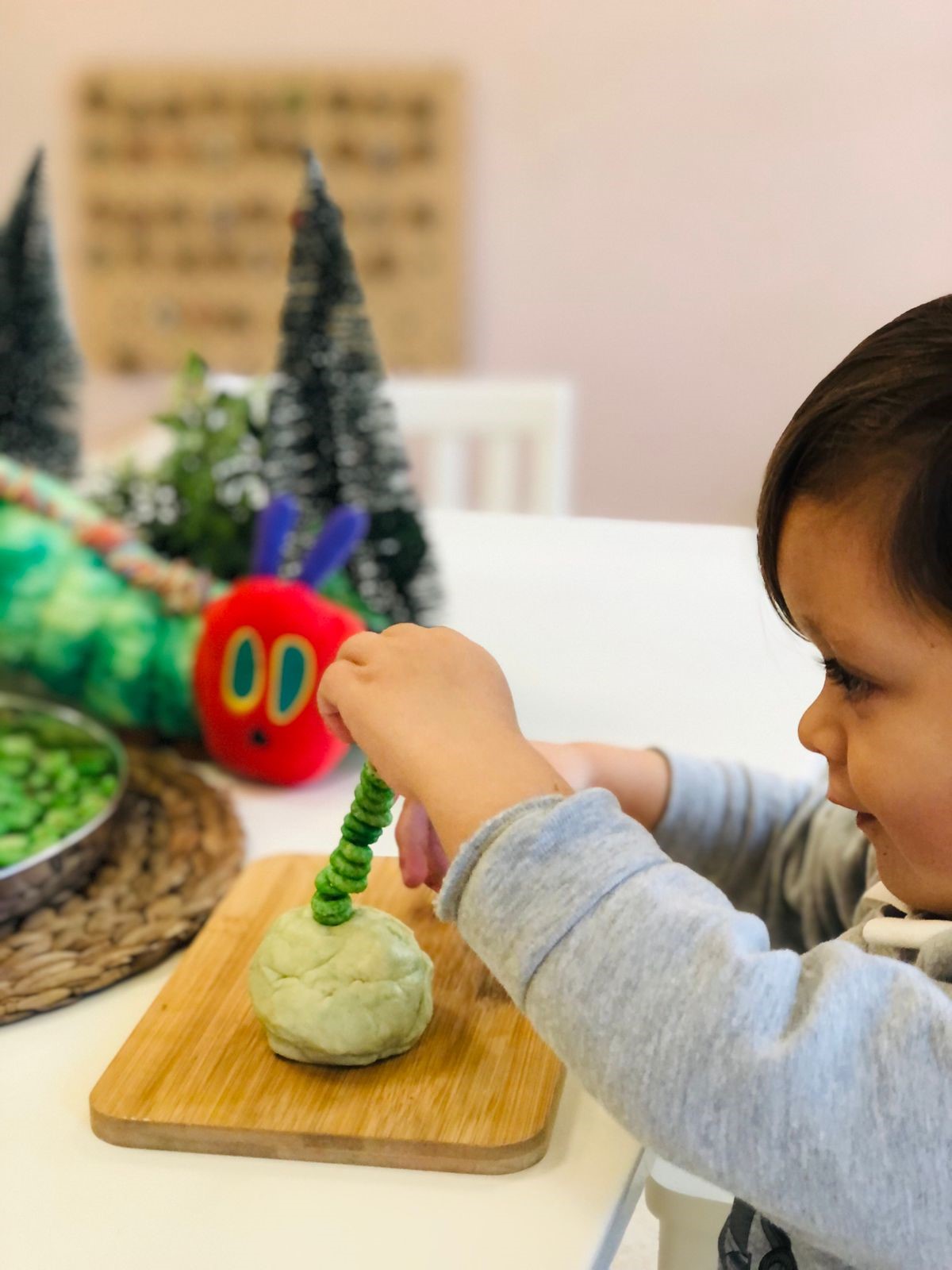Raising a bilingual child is one of the greatest gifts you can give them. Being fluent in more than one language opens doors to cultural experiences, cognitive advantages, and stronger communication skills. However, many parents worry about language confusion, delayed speech, or the best way to introduce a second language.
If you’re considering bilingual parenting, this guide will help you separate fact from fiction, understand the benefits of bilingualism, and learn effective strategies to raise a multilingual child successfully.
Common Myths About Raising a Bilingual Child
- Bilingualism causes speech delays
🚫 Myth: Learning two languages at once confuses children and slows speech development.
✅ Truth: Research shows that bilingual children develop language skills at the same pace as monolingual children. While they may mix languages (known as code-switching), this is normal and temporary.
- Children will get confused by two languages
🚫 Myth: Mixing languages will make it harder for children to master either one.
✅ Truth: Language mixing is a natural part of bilingual development. Over time, children learn to separate languages based on context, speakers, and environment.
- It’s too late to teach a second language
🚫 Myth: If a child isn’t introduced to a second language early, they will never be fluent.
✅ Truth: While early exposure makes language learning easier, children and even adults can become bilingual at any age with consistent practice and exposure.
- Only native speakers can teach a second language
🚫 Myth: Parents must be fluent in both languages to raise a bilingual child.
✅ Truth: Even parents with basic knowledge of a second language can introduce it through books, songs, and exposure to native speakers, language apps, and bilingual education programs.
The Benefits of Raising a Bilingual Child
- Cognitive Advantages
Bilingual children often have:
✔ Better problem-solving skills
✔ Enhanced memory and multitasking abilities
✔ Improved focus and attention control
Studies show that bilingualism strengthens brain function and flexibility, making it easier for children to adapt to new situations.

- Stronger Communication & Social Skills
Speaking multiple languages helps children:
- Express themselves more effectively.
- Connect with different cultures and communities.
- Develop empathy by understanding diverse perspectives.
- Academic & Career Opportunities
Bilingual children excel in reading, writing, and analytical thinking. Later in life, fluency in more than one language opens doors to:
✔ Higher-paying job opportunities
✔ International career options
✔ Greater access to global networks
- Deepened Cultural Awareness
Speaking another language allows children to connect with their heritage, communicate with family members, and appreciate diverse traditions. This fosters a sense of identity and belonging.
How to Introduce a Second Language to Your Child
- Start Early (But It’s Never Too Late!)
Babies begin absorbing language sounds from birth, making early exposure ideal. However, older children can still become fluent with consistent practice, immersion, and engagement.
📌 Tip: If you’re starting later, make language learning a fun and interactive experience—not a chore.
- Use the One Parent, One Language (OPOL) Method
Each parent consistently speaks a different language with the child (e.g., Mother speaks English, Father speaks Spanish). This method helps children associate specific languages with specific people, making it easier to separate them.
✔ Alternative Approach: The Minority Language at Home (MLAH) Method, where one language is spoken at home and the majority language is learned in school.
- Create a Bilingual Environment
Immersion is key!
- Reading bilingual books 📚
- Watching children’s shows or cartoons in both languages 🎥
- Singing songs and nursery rhymes in the second language 🎶
- Using everyday conversations (e.g., counting objects, naming foods) 🍎
🔹 Example: When giving your child a snack, say: “Do you want an apple or a banana?” and then repeat it in the second language.
- Make Learning Fun with Games & Activities
✔ Play bilingual board games or language-learning apps.
✔ Label household items in both languages.
✔ Tell bedtime stories in the second language.
📌 Recommended Language Apps: Duolingo, Gus on the Go, and BBC Bitesize Languages.
- Find a Bilingual Community
Language thrives in social settings. Help your child interact with native speakers by:
- Enrolling them in a bilingual school or daycare 🏫
- Joining playgroups with bilingual families 🤝
- Encouraging them to speak with grandparents or relatives 💬
If an in-person community isn’t available, consider online language exchanges or virtual tutors.
- Be Patient & Celebrate Progress
Bilingual development is a journey, not a race. Children may resist speaking the second language at times—this is normal. Keep language exposure consistent, and praise their efforts instead of focusing on mistakes.
✔ Encouraging Phrases to Use:
- “Great job remembering that word in Spanish!”
- “You said that sentence perfectly in French!”
- “I love how you switch between English and Arabic so easily!”
Conclusion: The Power of Bilingual Parenting
Raising a bilingual child may take patience and consistency, but the long-term benefits—cognitive skills, cultural awareness, and future opportunities—make it worth the effort.
Start Today with Simple Language Exposure Techniques
🔹 Play music, read books, or introduce new words in a second language this week!
🔗 Want to learn more about bilingual education?
Read: The Benefits of Bilingual Education for Young Children
💬 Are you raising a bilingual child? Share your experiences in the comments below!







